How does leading and managing change enhance effective collaborative practice?
Coulson-Thomas, a Professor of Direction and Leadership at the University of Lincoln rightly said “Change can disorientate and disrupt. Even when it is beneficial” This necessitate that we think through very carefully before acting. For change to be successful, people need to understand why the change is needed and the role they have to play to bring about the change hence the need for collaboration. This signals why we need to rely and trust each other to get through a change. If collaboration is needed to implement a change then change leaders cannot be observers of change, they have to be part of the change. The global pandemic and lockdowns not only confirm what is changeable, but also affirms that success of a change depends largely on how leaders bring people aboard. Some countries have had it very tough to implement lockdowns whilst others have had it relatively easy and citing New Zealand as an example the term “team of 5 million” that emerged seemed to be a trivial phrase but it nourished the spirit of collaboration, trust and solidarity amongst the populace to comply with the direction of the leading government. Through the alert levels, the populace got to know the role each had to play to effect the change needed. The alert systems also emphasize that change should happen in iterations – with multiple achievable goals collaboratively set to keep the change in motion.
Talking about change imposed on us by the global pandemic lockdown, different sectors had to adapt differently based on their peculiar contexts. In my school context, having the opportunity to teach in two different schools this year, makes me realise how important leading and collaboration plays in change management and in that regards the need to consider the capability of the people collaborating and supporting the change. Coulson-Thomas rightly states ”much will depend upon the purpose of change and the capacity to adapt of the people involved” Whilst my other school a top decile school recommended online video learning classes mimicking the school timetable and frequently contacting home for disengaged students, my current school a low to mid decile school refrained from video classes at first but rather suggested weekly blended learning postings outlining the week’s learning iterations and resources with engagement tracking and home contact done weekly by mentors. As the lock down extended, we were then required to now do one video recording to explain the learning for the week.
Comparing the change and management approaches of the two different schools, though the overall goal is the same, but in order to bring on-board the students and their whanau, their circumstances and capabilities – including having digital devices, home environment and ability to cope with a flood of messages from teachers reaching home where taken into consideration.
As to comparing the outcomes of the two approaches employed one thing comes out clearly and that is the issue of digital divide which unfortunately is impeding collaboration in this post-covid world which has resorted to doing most things online. I will also be in agreement with Spiro (2018) who said: “The only constant variable in almost every working environment is change.” To emphasize that change is invertible and so we have to learn to collaborate and lead effectively for its success.
References
Coulson-Thomas,C. (2009) Leading and managing change. 1 Management Services, 53(1), 31-37.


 Teachers ViewPoint
Teachers ViewPoint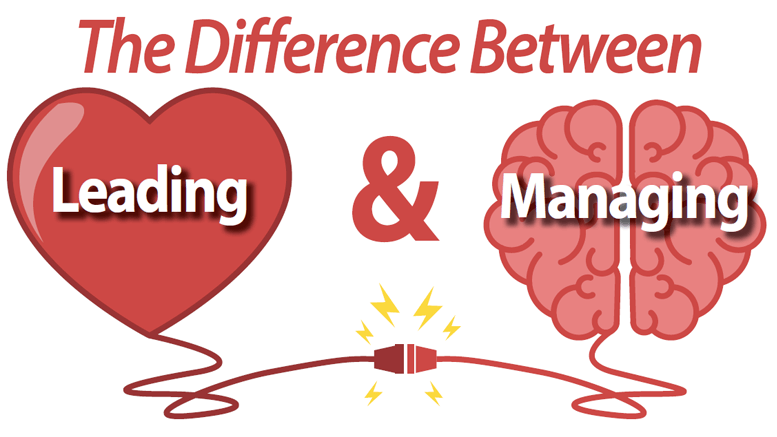
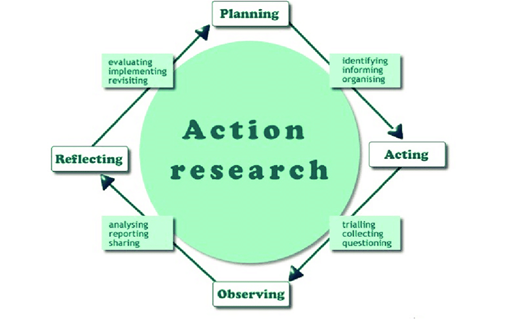
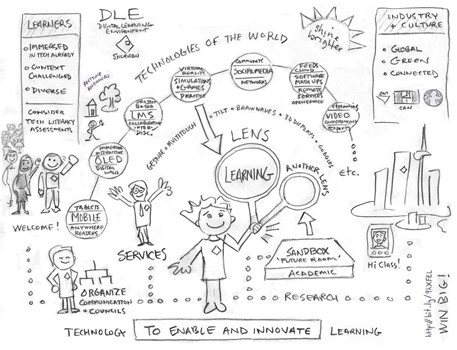

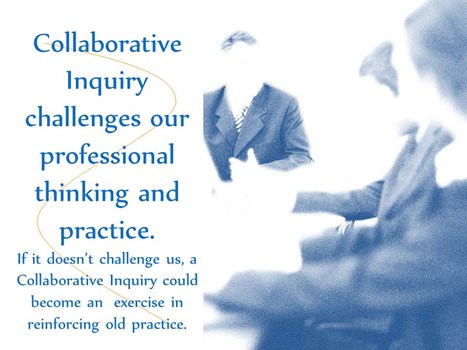
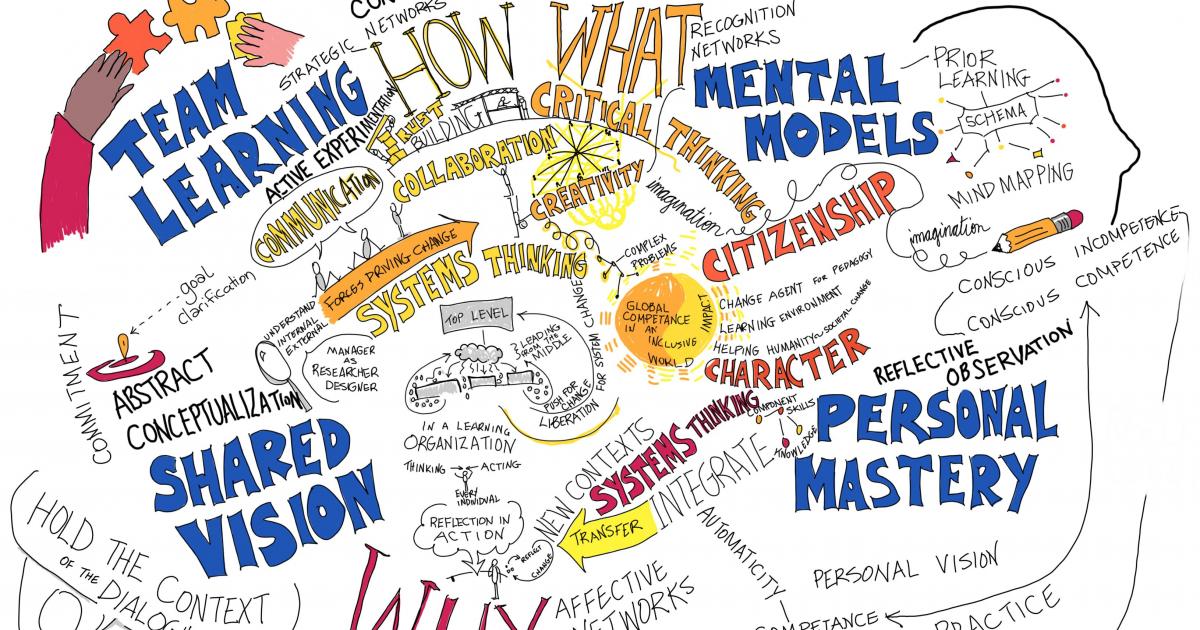

Please log in to post a comment.
0 Comments